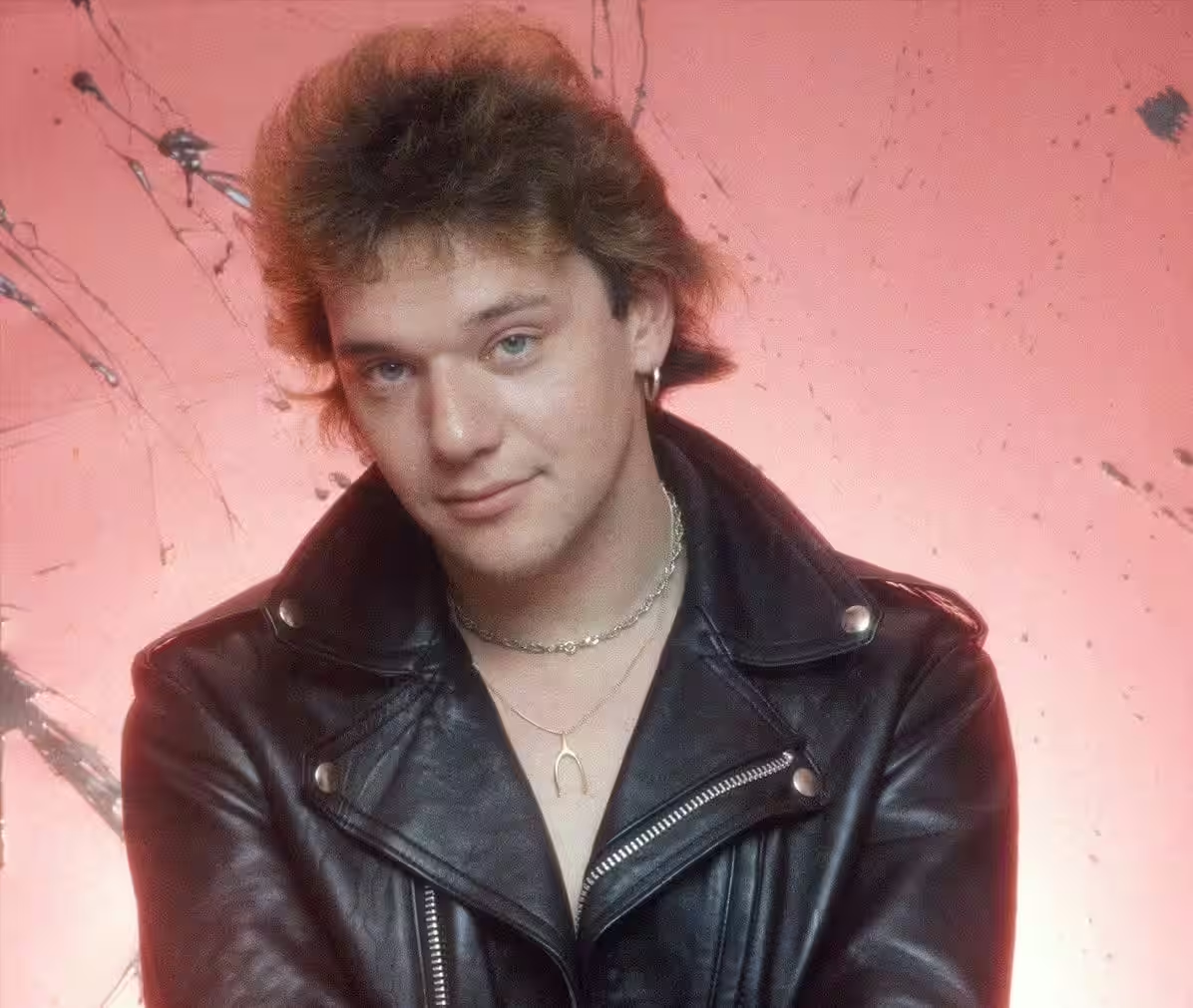
Introduction to Paul Di’Anno
Few voices have left such a lasting mark on heavy metal as Paul Di’Anno. With a presence that was as raw as it was electrifying, Di’Anno burst onto the British music scene at the dawn of the 1980s and quickly became the face of a movement. As the original frontman of Iron Maiden, his distinctive, gritty vocals helped ignite a revolution in rock, fusing the attitude of punk with the force of heavy metal. Yet, the story of Paul Di’Anno is much more than just his brief but brilliant time with Maiden—it is a tale of creativity, struggle, reinvention, and enduring influence.
Born Paul Andrews on 17 May 1958 in Chingford, East London, Di’Anno rose from humble beginnings to become the lead singer of Iron Maiden from 1978 to 1981. During this short but pivotal period, he helped define the band’s early sound, featuring on their first two landmark albums: Iron Maiden (1980) and Killers (1981). His voice and stage persona brought a unique, rebellious edge to the band’s music, setting the template for the New Wave of British Heavy Metal (NWOBHM) and influencing countless artists that followed.
This biography goes far beyond the well-trodden stories of Iron Maiden’s formative years. It delves into the details of Di’Anno’s upbringing, his musical inspirations, the wild ride to international fame, and the challenges that led to his departure from the band. We’ll explore his post-Maiden projects, his distinctive musical style, his impact on the metal genre, and his later years, including health battles and continued performances.
Early Life and Musical Influences
Paul Di’Anno was born Paul Andrews on 17 May 1958 in Chingford, East London—a working-class area shaped by the hustle of city life and the ever-present sounds of London’s bustling music scene. His family background was a blend of British and, by some accounts, Italian and Brazilian heritage, though Di’Anno’s own stories about his ancestry have varied over the years. He grew up in a tough environment, where, as he later joked, his alternative to music might have been “dead or in prison.”
As a child in 1960s and 1970s East London, Di’Anno was exposed to a melting pot of musical styles. The city was alive with the energy of the British Invasion, the grit of early hard rock, and the emerging sounds of punk. His teenage years coincided with the rise of acts like Led Zeppelin, Deep Purple, Black Sabbath, and the glam stylings of Slade and David Bowie. These bands set the stage for the hard-edged, dramatic music that would soon take hold in the UK.
Yet, it wasn’t just heavy rock that influenced young Paul. The punk explosion of the late 1970s left a profound mark on him. He idolised the raw energy and attitude of bands like the Sex Pistols, The Clash, The Damned, and the Ramones. Di’Anno himself started out in punk bands, most notably The Paedophiles, before he ever stepped onto a metal stage. His love for punk’s aggression and honesty would later become a defining trait of his own vocal style.
Growing up in Chingford, Di’Anno was also shaped by the working-class culture and the realities of urban London. He worked as a butcher and a chef before music became his full-time calling, experiences that kept him grounded and lent a streetwise edge to his persona. The local music scene in the East End was a vibrant one, with pubs and clubs offering stages to young hopefuls. This environment, coupled with the do-it-yourself spirit of punk and the power of classic rock, forged the foundations of Di’Anno’s future career.
| Major Musical Influences | Notable Songs/Albums |
|---|---|
| Sex Pistols | “Anarchy in the UK”, Never Mind the Bollocks |
| The Clash | “London Calling”, London Calling |
| Ramones | “Blitzkrieg Bop”, Ramones |
| Led Zeppelin | “Whole Lotta Love”, Led Zeppelin II |
| Deep Purple | “Smoke on the Water”, Machine Head |
| Black Sabbath | “Paranoid”, Paranoid |
| David Bowie | “Ziggy Stardust”, The Rise and Fall of Ziggy Stardust |
| Slade | “Cum On Feel the Noize”, Sladest |
It’s clear that Di’Anno’s influences were as diverse as the city he called home. His formative years in the shadow of London’s musical giants and the streetwise attitude of punk created a frontman who was both unpredictable and utterly compelling. By the late 1970s, as the New Wave of British Heavy Metal began to take shape, Di’Anno was perfectly positioned to become its most distinctive voice.
For a more personal insight into his early years and influences, see the in-depth interview at Headbangers Lifestyle.
The Road to Iron Maiden
Paul Di’Anno’s journey to becoming Iron Maiden’s frontman is a story of right place, right time, and the relentless drive of the London music scene in the late 1970s. Before Maiden, Di’Anno cut his teeth in the punk circuit, fronting bands like The Paedophiles, where his fierce delivery and stage antics began to attract attention. It was this punk-infused attitude, combined with an ear for melody, that set him apart from the typical heavy rock singers of the era.

The New Wave of British Heavy Metal (NWOBHM) was brewing in the background, fuelled by economic hardship, youth frustration, and the desire for something fresh and powerful. Bands like Def Leppard, Saxon, and Motörhead were gaining traction, but Iron Maiden—founded by bassist Steve Harris in 1975—were still searching for their signature sound. In 1978, after a series of lineup changes, Maiden needed a new vocalist following the departure of Dennis Wilcock. It was then that Di’Anno, with his short hair (the result of a painting mishap, not a punk statement), swagger, and raw voice, came into the picture.
Di’Anno’s audition for Iron Maiden was unconventional. Initially sceptical about the band’s prospects, he was persuaded by Steve Harris’s vision and ambition during a meeting at Harris’s Leytonstone home. He reportedly performed covers of Deep Purple’s “Dealer” and Free’s “All Right Now” at his audition, but it was his chemistry with the band and ability to bring a streetwise, aggressive edge to their sound that won them over. In November 1978, Di’Anno officially joined Iron Maiden, and the band’s classic lineup began to take shape.
- 1978: Di’Anno auditions for Iron Maiden and is recruited as lead vocalist.
- 1979: The band records The Soundhouse Tapes, a demo EP that sells out its initial 5,000 copies, becoming a collector’s item.
- 1979–1980: Iron Maiden gains a devoted following in London’s East End and the wider NWOBHM scene, playing venues like the Cart & Horses pub.
- April 1980: The band releases their self-titled debut album, with Di’Anno’s vocals at the forefront.
During this period, Iron Maiden’s music was a fusion of Harris’s progressive influences and Di’Anno’s punk energy. Their sound stood out among NWOBHM contemporaries, combining intricate guitar work with a confrontational, street-level attitude. Di’Anno’s presence gave the band an edge, both musically and visually, and he became known for his unpredictable, sometimes confrontational, stage persona.
As the band’s profile rose, Di’Anno’s role became even more central. He brought a sense of urgency and authenticity to Maiden’s early gigs, connecting with fans who saw themselves reflected in his rebellious spirit. The NWOBHM movement, with its do-it-yourself ethos and emphasis on raw energy, was the perfect environment for Di’Anno’s talents to flourish.
For a comprehensive profile of Di’Anno’s early career and the importance of his arrival in Iron Maiden, see the Metal Archives and the retrospective at Kerrang!.
Meteoric Rise with Iron Maiden
Paul Di’Anno’s time with Iron Maiden marked one of the most explosive periods in heavy metal history. His arrival in the band in 1978 heralded a new era, as Iron Maiden transitioned from East End pub favourites to international heavy metal icons. The release of The Soundhouse Tapes in 1979 quickly sold out, creating a buzz that led to a deal with EMI. In April 1980, the band released their self-titled debut album, Iron Maiden, which rocketed to number 4 on the UK Albums Chart—a remarkable feat for a debut from a then-unknown band.
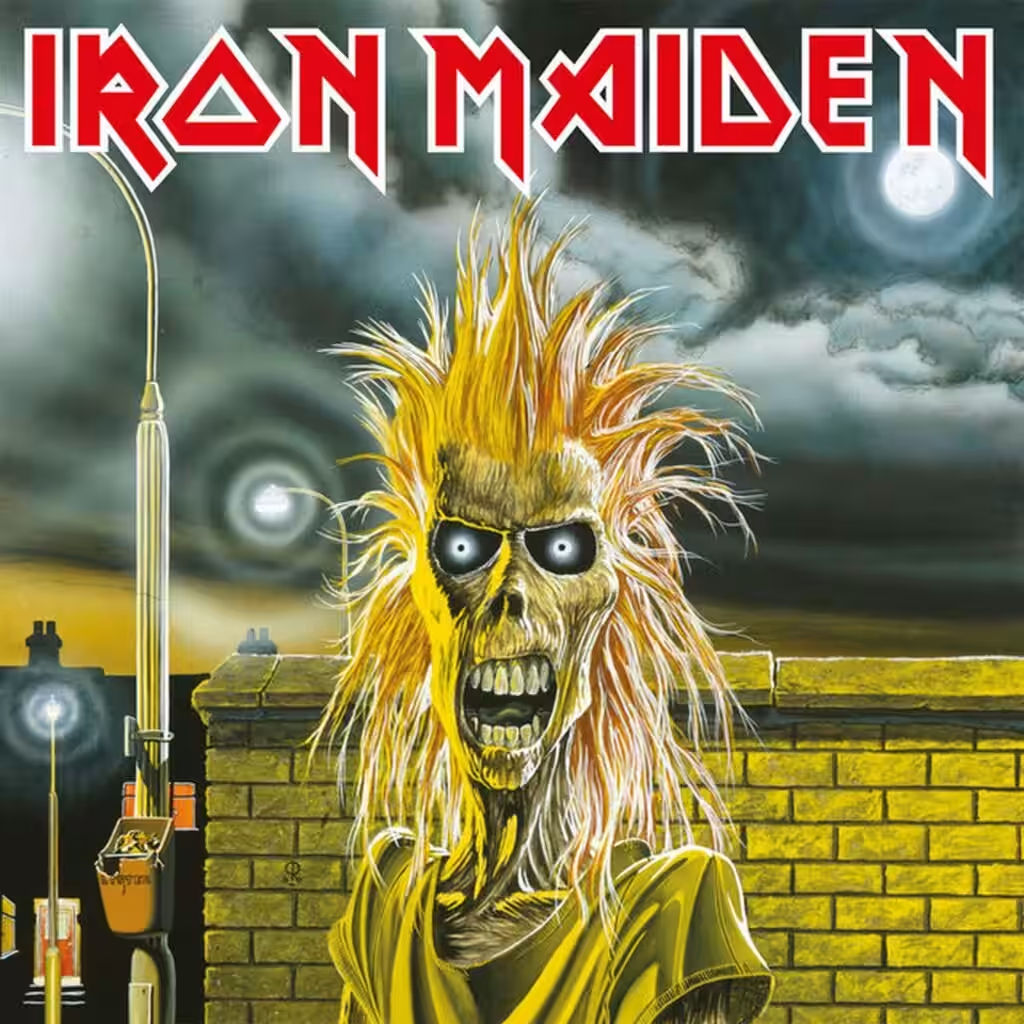
Di’Anno’s voice was central to the album’s impact. Tracks like “Prowler,” “Running Free,” “Phantom of the Opera,” and “Remember Tomorrow” showcased his ability to blend punk’s snarl with the melodic sensibility of classic rock. The album’s raw production and Di’Anno’s gritty delivery were hailed by fans and critics alike as a breath of fresh air. Maiden’s live performances during this period were legendary, with Di’Anno’s unpredictable energy and stage presence driving crowds wild.
The momentum continued with the release of Killers in February 1981. This album, featuring new guitarist Adrian Smith, demonstrated a sharper, more ambitious sound. Songs like “Wrathchild,” “Murders in the Rue Morgue,” and the title track allowed Di’Anno to showcase both his aggression and his range. Killers charted at number 12 in the UK and was supported by a world tour that took the band to Japan, Europe, and North America. The live EP Maiden Japan further cemented Di’Anno’s reputation as a formidable frontman.
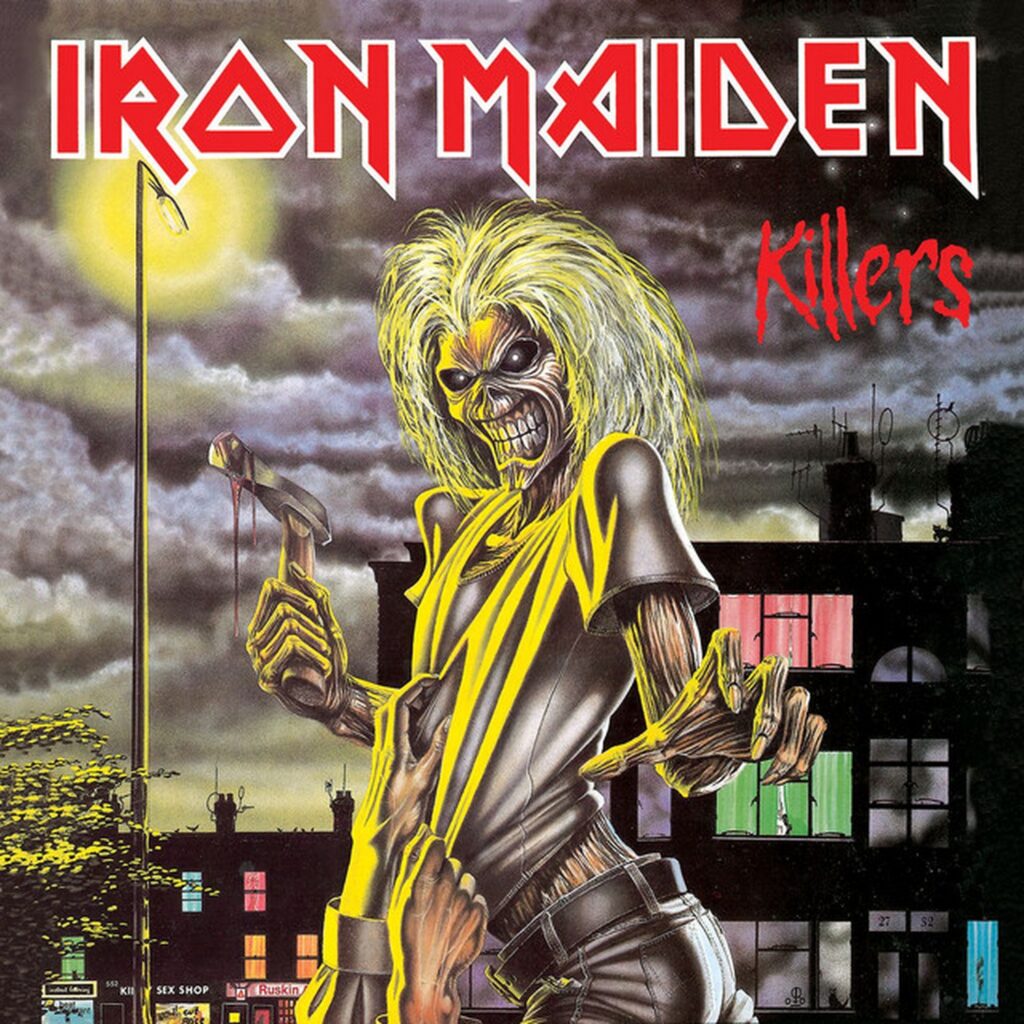
| Album | Release Date | UK Chart Peak | Estimated Sales |
|---|---|---|---|
| Iron Maiden | April 1980 | #4 | Over 1 million worldwide |
| Killers | February 1981 | #12 | Over 1 million worldwide |
| Maiden Japan (EP) | 1981 | N/A | Sold out limited runs |
Media coverage during this period was intense, with the British music press hailing Iron Maiden as the vanguard of a new era. Di’Anno’s wild persona—equal parts streetwise rebel and showman—captured imaginations and helped drive the band’s growing fanbase.
By the end of 1981, Iron Maiden were no longer just local heroes—they were global contenders, with Di’Anno’s voice echoing through concert halls and stadiums around the world. His era with the band remains a touchstone for fans and musicians alike, a period when heavy metal found a new, raw energy that would define the genre for decades to come.
Departure from Iron Maiden
The meteoric pace of Iron Maiden’s rise took its toll on Paul Di’Anno. By late 1981, his heavy drinking, drug use, and increasingly erratic behaviour began to clash with the band’s relentless work ethic. Di’Anno himself later admitted that he “couldn’t give 100% to Maiden anymore,” a feeling compounded by the pressures of fame and the gruelling tour schedule. According to both band accounts and Di’Anno’s own interviews, his inability to maintain the level of commitment required led to a mutual decision for him to leave the band after a final show in Copenhagen on 10 September 1981.
In the aftermath, Di’Anno faced personal and professional challenges. He struggled with substance abuse, legal troubles, and a reputation for being difficult to work with. Despite these issues, he remained a prolific musician, refusing to rest on his Iron Maiden laurels. He quickly launched a solo career and became involved in a string of side projects throughout the 1980s and beyond.
Despite his well-documented struggles, Di’Anno remained committed to his music. He continued to tour, record, and experiment with different styles, from thrash to hard rock. His band Battlezone achieved notable success in the mid-1980s, especially with the album Children of Madness. Killers, formed in the early 1990s, allowed him to revisit his Maiden-era material alongside new compositions. Even as his health declined in later years, Di’Anno maintained a loyal fanbase, performing around the world and releasing new music well into the 2000s.
Di’Anno’s motivations remained fiercely personal. In interviews, he stressed that music was his life and that he performed for himself as much as for his fans. He was never afraid to confront his own legacy, often performing Iron Maiden classics alongside new material. For a sensitive and factual analysis of his post-Maiden years, see the feature at Soap Central and the detailed obituary at Kerrang!.
Musical Style, Legacy, and Influence
Paul Di’Anno’s vocal style was a unique blend of raw aggression, melodic phrasing, and punk attitude. Unlike many of his contemporaries, Di’Anno eschewed the operatic high notes and technical precision that would later become synonymous with heavy metal. Instead, his voice was characterised by a gritty, snarling edge—more street fighter than showman—which brought a new level of authenticity to Iron Maiden’s early work.
His delivery on tracks like “Running Free,” “Wrathchild,” and “Phantom of the Opera” was both urgent and emotive, capable of switching from a menacing growl to a haunting melody within a single verse. Di’Anno’s approach was heavily influenced by punk, but he also drew on the storytelling traditions of classic rock and blues. This made his performances feel immediate and relatable, resonating with audiences hungry for something different from the polished excesses of late-1970s rock.
Di’Anno’s influence on the heavy metal genre is profound. He is widely credited with helping to shape the NWOBHM sound, inspiring a generation of frontmen who valued authenticity and attitude as much as technical skill. Musicians such as James Hetfield (Metallica), Tom Araya (Slayer), and even Maiden’s own Bruce Dickinson have acknowledged Di’Anno’s role in breaking down barriers between punk and metal.
| Vocalists Influenced by Di’Anno | Band |
|---|---|
| James Hetfield | Metallica |
| Tom Araya | Slayer |
| Blaze Bayley | Iron Maiden, Wolfsbane |
| Chuck Billy | Testament |
| Joey Belladonna | Anthrax |
Commercially, Di’Anno’s records with Iron Maiden sold over 2 million copies during his tenure, with both Iron Maiden and Killers considered classics. His post-Maiden work, while less commercially successful, maintained a strong following, especially in Europe and South America. Noteworthy festival appearances include Dynamo Open Air and major European metal events throughout the 1980s and 1990s.
Di’Anno’s legacy in metal culture is also shaped by controversy. His public statements were often blunt and unapologetic, and he never shied away from criticising the industry or reflecting on his own mistakes. Despite this, his contribution to heavy metal is universally respected. For a thorough overview of his career and musical style, visit AllMusic and the tribute at The Federal.
Later Career and Collaborations
After leaving Iron Maiden, Paul Di’Anno refused to fade into obscurity. The 1990s and 2000s saw him embark on a diverse array of projects, both as a solo artist and as a collaborator with other musicians. His willingness to experiment and work with up-and-coming bands helped him remain relevant in a changing musical landscape.
Among his most significant post-Maiden bands was Battlezone, which released albums such as Fighting Back (1986) and Children of Madness (1987). These records were well received in the underground metal community, with Children of Madness in particular earning praise for its energetic songwriting and Di’Anno’s powerful vocals. The band toured extensively, including opening for Anthrax on their Among the Living tour in the United States.
In the 1990s, Di’Anno formed Killers, a band that blended classic metal with a harder, more contemporary edge. Albums like Murder One (1992) and Menace to Society (1997) were embraced by fans seeking the raw energy of Di’Anno’s early work. He also collaborated with Praying Mantis, appearing on their live album Live at Last (1991), and joined forces with the short-lived supergroup Gogmagog in 1985.
| Project/Band | Key Collaborators | Release Date |
|---|---|---|
| Battlezone | John Wiggins, Bob Falck | 1986–1998 |
| Killers | Cliff Evans, Steve Hopgood | 1991–2002 |
| Gogmagog | Janick Gers, Clive Burr | 1985 |
| Praying Mantis | Tino Troy, Chris Troy | 1989–1990 |
| Architects Of Chaoz | German session musicians | 2010s |
- Key collaborations and releases:
- Di’Anno (solo, 1984)
- Fighting Back (Battlezone, 1986)
- Children of Madness (Battlezone, 1987)
- Murder One (Killers, 1992)
- Menace to Society (Killers, 1997)
- Nomad (solo, 2000)
- Living Dead (solo, 2006)
- The Book of the Beast (career retrospective, 2024)
Throughout his later career, Di’Anno was known for his honesty and openness with fans, often sharing behind-the-scenes stories and anecdotes from his time on the road. He also maintained a strong presence in South America and Eastern Europe, where heavy metal remained hugely popular.
Recent Years and Enduring Legacy
In the final years of his life, Paul Di’Anno continued to perform and record, despite facing severe health challenges. From 2015 onwards, he suffered from multiple health problems, including a near-fatal bout of sepsis, major knee injuries, and long periods confined to a wheelchair. Yet, his dedication to music and his fans never wavered. Between 2023 and 2024, Di’Anno performed over 100 shows worldwide, including high-profile festival appearances and his last live performance at Hyde Park, Kraków, Poland, on 30 August 2024.
Here’s an interview with Paul at Stonedead Festival in 2024:
His final years were marked by renewed recognition of his contributions to heavy metal. In September 2024, Conquest Music released The Book of the Beast, a career-spanning retrospective album featuring remastered highlights from his post-Maiden years and new recordings of classic tracks. This release, alongside a documentary scheduled for 2025, cemented Di’Anno’s place in the story of rock and metal.
Di’Anno’s passing on 21 October 2024 at the age of 66 was met with an outpouring of tributes from across the music world. Iron Maiden paid their respects, with Bruce Dickinson leading audiences in a moment of silence and Steve Harris praising Di’Anno’s irreplaceable role in the band’s early success. Fans, colleagues, and fellow musicians celebrated his unique contribution—a voice that brought together punk’s defiance and metal’s power, inspiring generations of artists from James Hetfield to Tom Araya and beyond.
In his later years, Di’Anno was also known for his candour and humility. He maintained close contact with fans, often expressing gratitude for their support and acknowledging his own mistakes and struggles. He became a symbol of resilience, continuing to perform even when confined to a wheelchair and enduring multiple surgeries. His legacy is not just one of musical innovation, but of perseverance in the face of adversity.
Paul Di’Anno’s enduring importance to metal history is beyond dispute. He was the original voice that lit the fuse for Iron Maiden’s global rise and a pioneer who bridged the gap between punk and metal. His music, his attitude, and his story continue to resonate with fans old and new.
Paul Di’Anno’s legacy is one of fierce originality, undimmed spirit, and a lasting impact on the world of heavy metal—a true icon whose story will continue to inspire for years to come.
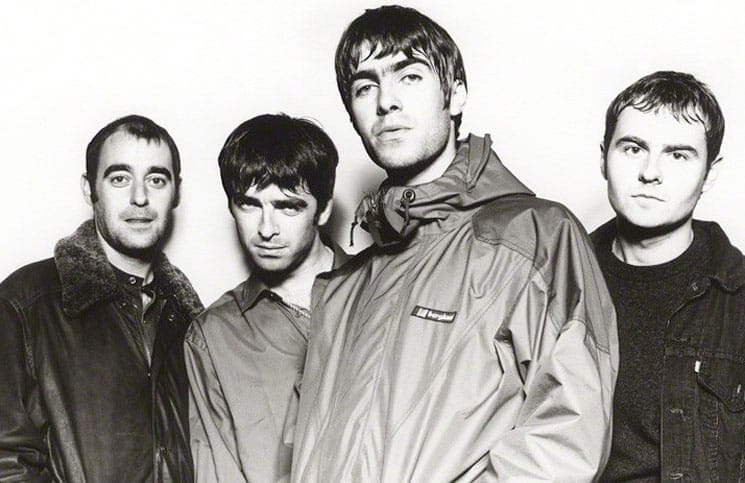
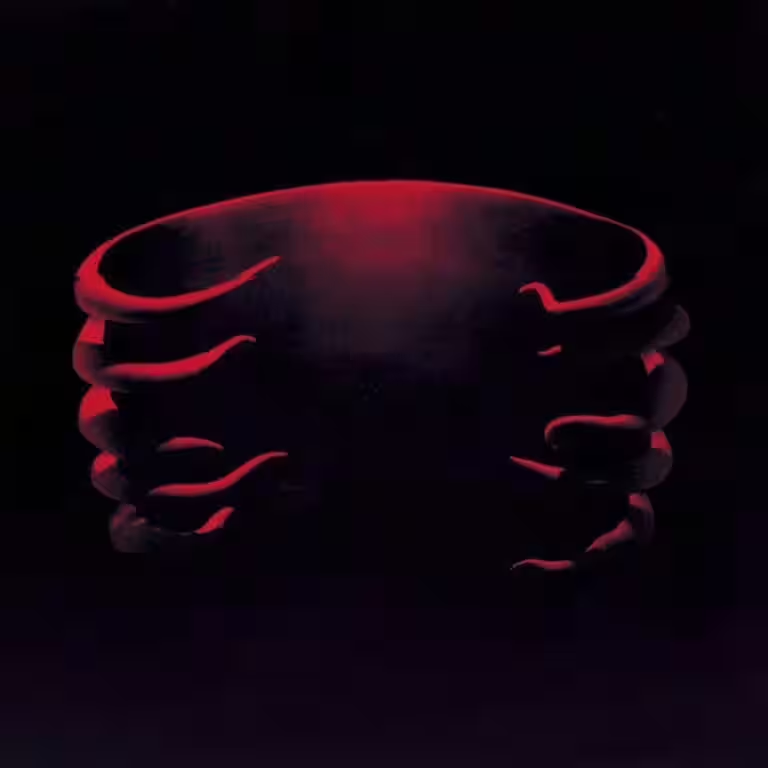
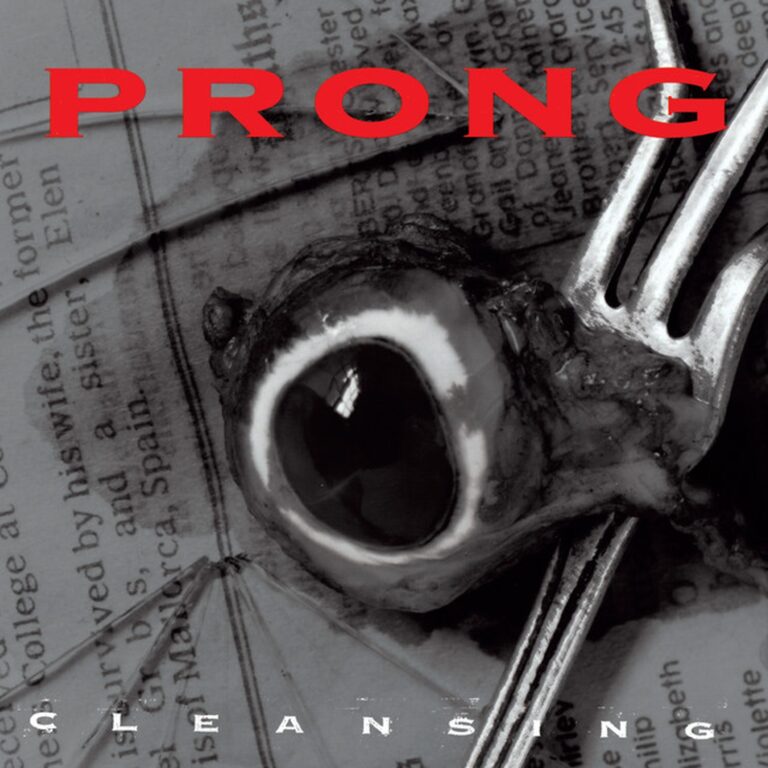

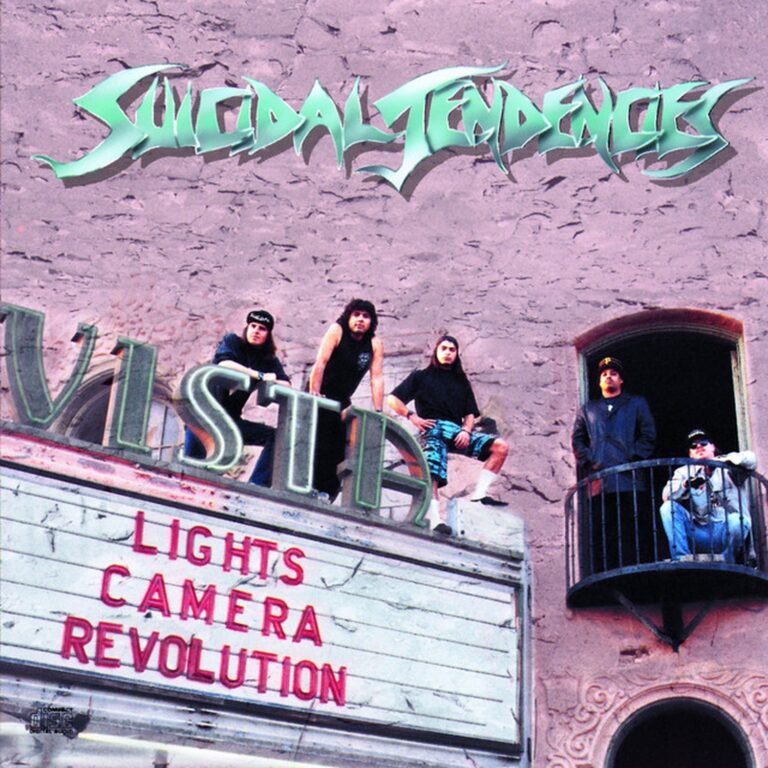
Such a shame he passed at what is still a young age. Think he did a cracking job with Maiden.
Yep, 66 is no age at all these days. He kept rocking until the end though!